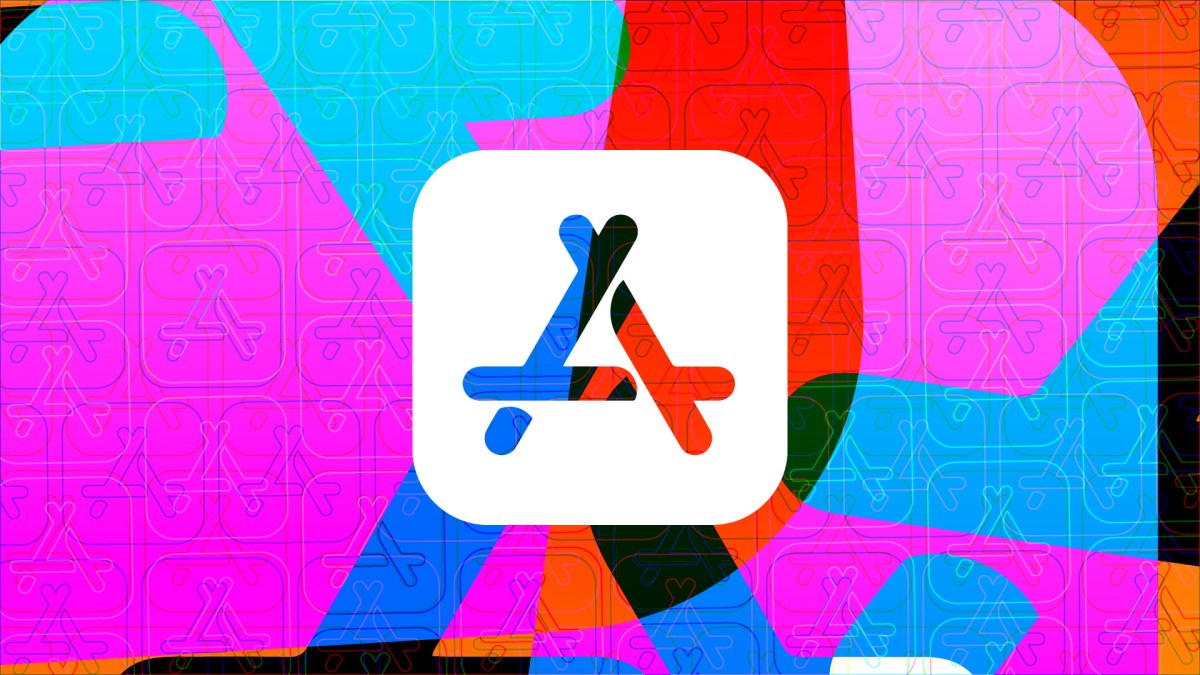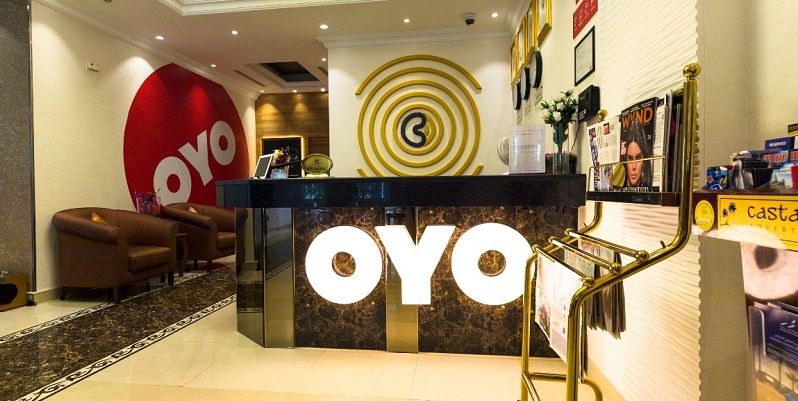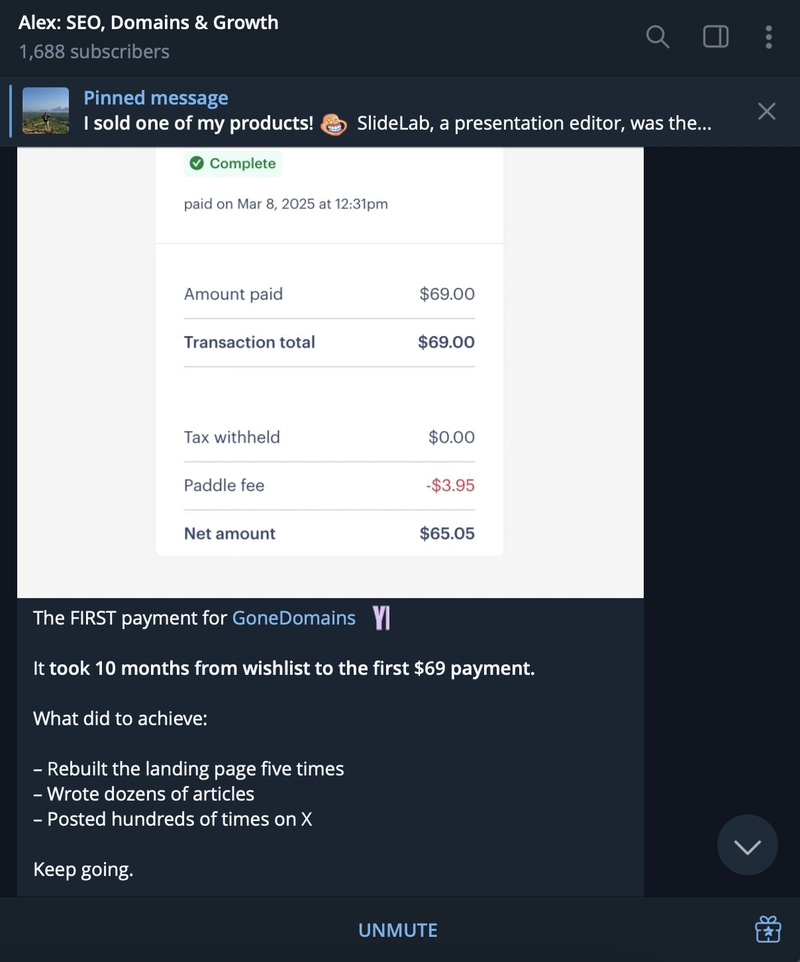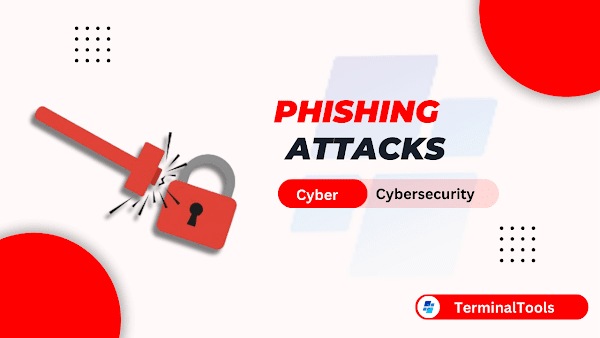Exploring Dual Licensing in Open Source Software: A Comprehensive Overview
Abstract: This post explores dual licensing in open source software—a paradigm that allows developers to balance community benefits with commercial revenue. We cover the background and evolution of dual licensing, explain its mechanics and features, provide practical use cases, discuss the inherent challenges, and forecast future trends. Our discussion includes examples from established projects like MySQL and Qt and links to authoritative resources such as the GNU GPL and detailed guides on monetizing open-source projects. This comprehensive review is designed to be technical yet accessible, optimized for both human readers and search engines. Introduction The open source movement has revolutionized software development, fostering collaboration and innovation. One key strategy that has evolved within this ecosystem is dual licensing. Dual licensing allows software to be released under both an open source license and a proprietary one. This model addresses the needs of the community while generating revenue for developers. This post explains dual licensing in layman’s terms, its relevance in today’s competitive software landscape, and how it supports both community-driven projects and commercial interests. Whether you are a developer seeking sustainable funding, a business looking for secure integration, or a technology enthusiast, this comprehensive guide provides valuable insights into the dual licensing approach. Background and Context History of Dual Licensing Dual licensing emerged as developers sought ways to adapt open source collaboration into a financially sustainable model. In the early days of OSS, many projects struggled with funding while nurturing community contributions. Over time, developers discovered that offering a dual license—one under a community-friendly license such as the GNU General Public License (GPL) and another proprietary license—could bridge the gap between open source ideals and commercial viability. Definitions and Ecosystem Open Source License: A license that allows anyone to study, modify, and distribute software. Common licenses, such as GPL, encourage community development. Proprietary License: A controlled license that restricts usage, especially for commercial integration, often including additional benefits like support and warranties. Dual Licensing: The strategy of offering two licensing models for the same software, using a permissive open source license and a stricter proprietary one. This ecosystem has grown along with broader open source revenue generation efforts. Many developers now adopt this model to ensure software sustainability. For more detailed context on sustainable funding in open source projects, refer to the article on software sustainability. Core Concepts and Features How Dual Licensing Works Dual licensing is built around these core concepts: Community Engagement: Under an open source license like the GPL, the software is free for academic, hobbyist, or internal enterprise use. This encourages widespread adoption and community contributions. Commercial Exploitation: For organizations that require integration into proprietary products or additional support, a separate commercial license is available. This offers legal clarity and facilitates monetization. Revenue Generation: Revenue from proprietary licenses supports further software development, maintenance, and even funding for new open source projects. The monetizing open-source projects guide offers deeper insights into these mechanisms. Control and Flexibility: Dual licensing allows the original developer to retain control over commercial use while benefiting from community innovation. This hybrid approach ensures that the project grows sustainably. Key Features: A Comparative Table Aspect Open Source License Proprietary License Usage Free for community and non-commercial use Required for commercial integration Modification Allows modifications and redistribution under same license Typically restricts modifications; may include support clauses Support Community-based support Professional technical support, warranties, and dedicated SLAs Revenue Generation Does not generate direct revenue Generates income used to fund future development Control Fosters community improvement Ensures commercial usage adheres to specific terms and conditions This table highlights the benefits and differences, emphasizing the flexibility of dual licensing as a strategy for sustainable funding and broader adoption. Bullet List: Key Benefits Flexibility: Accommodates diverse user needs. Revenue: Generates funds through commercial licenses. Community Adoption: Encourages innovation through community contributions. Control: Maintains alignment with developer goals and ethics. These features make dual licensing ideal for projects aiming at both growth and financial sustainabili

Abstract:
This post explores dual licensing in open source software—a paradigm that allows developers to balance community benefits with commercial revenue. We cover the background and evolution of dual licensing, explain its mechanics and features, provide practical use cases, discuss the inherent challenges, and forecast future trends. Our discussion includes examples from established projects like MySQL and Qt and links to authoritative resources such as the GNU GPL and detailed guides on monetizing open-source projects. This comprehensive review is designed to be technical yet accessible, optimized for both human readers and search engines.
Introduction
The open source movement has revolutionized software development, fostering collaboration and innovation. One key strategy that has evolved within this ecosystem is dual licensing. Dual licensing allows software to be released under both an open source license and a proprietary one. This model addresses the needs of the community while generating revenue for developers.
This post explains dual licensing in layman’s terms, its relevance in today’s competitive software landscape, and how it supports both community-driven projects and commercial interests. Whether you are a developer seeking sustainable funding, a business looking for secure integration, or a technology enthusiast, this comprehensive guide provides valuable insights into the dual licensing approach.
Background and Context
History of Dual Licensing
Dual licensing emerged as developers sought ways to adapt open source collaboration into a financially sustainable model. In the early days of OSS, many projects struggled with funding while nurturing community contributions. Over time, developers discovered that offering a dual license—one under a community-friendly license such as the GNU General Public License (GPL) and another proprietary license—could bridge the gap between open source ideals and commercial viability.
Definitions and Ecosystem
- Open Source License: A license that allows anyone to study, modify, and distribute software. Common licenses, such as GPL, encourage community development.
- Proprietary License: A controlled license that restricts usage, especially for commercial integration, often including additional benefits like support and warranties.
- Dual Licensing: The strategy of offering two licensing models for the same software, using a permissive open source license and a stricter proprietary one.
This ecosystem has grown along with broader open source revenue generation efforts. Many developers now adopt this model to ensure software sustainability. For more detailed context on sustainable funding in open source projects, refer to the article on software sustainability.
Core Concepts and Features
How Dual Licensing Works
Dual licensing is built around these core concepts:
Community Engagement:
Under an open source license like the GPL, the software is free for academic, hobbyist, or internal enterprise use. This encourages widespread adoption and community contributions.Commercial Exploitation:
For organizations that require integration into proprietary products or additional support, a separate commercial license is available. This offers legal clarity and facilitates monetization.Revenue Generation:
Revenue from proprietary licenses supports further software development, maintenance, and even funding for new open source projects. The monetizing open-source projects guide offers deeper insights into these mechanisms.Control and Flexibility:
Dual licensing allows the original developer to retain control over commercial use while benefiting from community innovation. This hybrid approach ensures that the project grows sustainably.
Key Features: A Comparative Table
| Aspect | Open Source License | Proprietary License |
|---|---|---|
| Usage | Free for community and non-commercial use | Required for commercial integration |
| Modification | Allows modifications and redistribution under same license | Typically restricts modifications; may include support clauses |
| Support | Community-based support | Professional technical support, warranties, and dedicated SLAs |
| Revenue Generation | Does not generate direct revenue | Generates income used to fund future development |
| Control | Fosters community improvement | Ensures commercial usage adheres to specific terms and conditions |
This table highlights the benefits and differences, emphasizing the flexibility of dual licensing as a strategy for sustainable funding and broader adoption.
Bullet List: Key Benefits
- Flexibility: Accommodates diverse user needs.
- Revenue: Generates funds through commercial licenses.
- Community Adoption: Encourages innovation through community contributions.
- Control: Maintains alignment with developer goals and ethics.
These features make dual licensing ideal for projects aiming at both growth and financial sustainability.
Applications and Use Cases
Example 1: MySQL
MySQL is a prime example of dual licensing in action. Its database management system is distributed under the GPL for open source projects while offering a proprietary license for commercial applications. This dual approach has made MySQL a preferred choice for both community developers and enterprise-level deployments.
Example 2: Qt Framework
Qt uses dual licensing to allow software developers to build applications on its robust framework. By providing an open source version under a GPL-like license and a proprietary licensing option, Qt stimulates innovation while ensuring that businesses can integrate the tool into closed-source products legally.
Example 3: Community and Corporate Collaboration
Consider modern projects where startups and established corporations coexist in an ecosystem. A community-driven dual licensed project can use open source contributions to innovate rapidly. In parallel, companies relying on consistent performance and secure integration pay for a proprietary license to ensure they receive dedicated support and legal assurances.
These examples illustrate how dual licensing is not confined to databases or frameworks. Its applications span a broad spectrum of software, from blockchain-related projects to proprietary mobile applications integrating open source libraries.
For further examples, you might also review discussions about dual licensing strategies in articles like Dual Licensing Approach.
Challenges and Limitations
While dual licensing provides substantial benefits, certain challenges exist:
Legal Complexities
License Compatibility:
Sometimes, integrating open source and proprietary code can lead to licensing conflicts. Developers must ensure that terms remain compatible to avoid unintentional legal exposure.Intellectual Property (IP) Rights:
Maintaining consistent IP rights across dual-licensed projects requires meticulous legal oversight. Proper management of patents and copyright is essential.
Community Perception
Trust Issues:
Some community members may perceive dual licensing as a move that favors monetization over free collaboration. Clear communication about the benefits to the community is crucial in addressing these concerns.Fragmentation Risks:
Differentiating between open source and proprietary versions may lead to fragmented codebases. Staying unified requires consistent documentation and contribution guidelines.
Adoption Challenges
Developer Readiness:
Not every project has the infrastructure or legal backing to implement a dual licensing model effectively. Smaller projects might struggle with the administrative overhead.Customer Education:
Businesses utilizing the software must understand the nuances of the licensing model to avoid misuse or legal complications. Training and documentation become pivotal to ensure everyone is on the same page.
For a deeper dive into open source monetization challenges, see the open source monetization challenges and strategies discussion.
Future Outlook and Innovations
Trends in Open Source Monetization
Dual licensing is part of a broader shift towards sustainable open source development. As business models evolve, we are beginning to see:
Tokenization and Crowdfunding:
Innovative funding methods, including tokenized licenses and crowdfunding platforms, are emerging as a means to support open source projects. Innovations like these provide alternative revenue channels.Enhanced Legal Frameworks:
Improvements in legal practices regarding software licensing will likely reduce the administrative burdens associated with dual licensing. Enhanced clarity in ethical software development has the potential to boost developer confidence.
Technical Developments
Blockchain Integration:
Some developers are exploring blockchain solutions to manage licensing more transparently. For instance, smart contracts can automate compliance and ensure that licensing terms are adhered to without human error.Automated Licensing Tools:
The emergence of sophisticated licensing management software will help developers navigate complex dual licensing scenarios. Tools to track, audit, and manage open source and proprietary licenses are becoming more widespread.Global Regulatory Changes:
As governments worldwide begin to pay closer attention to software IP and licensing, regulatory frameworks may evolve. This will require continuous adaptation by dual licensed projects to remain legally compliant.
Innovations on Dev.to and Beyond
Insights from the tech community suggest that dual licensing may incorporate elements of decentralized governance and blockchain-based funding. For example:
- A Comprehensive Guide to Blockchain Mining Processes explores related trends in financial sustainability that can inspire new dual licensing methods.
- Monetizing Open Source: Balancing Innovation with Revenue discusses best practices which can influence how dual licensing strategies mature in the future.
These trends point to an exciting future where traditional licensing models are enhanced with modern technology and innovative funding streams.
Summary
In this post, we have explored dual licensing in open source software in detail. We discussed:
- Abstract & Introduction: An overview of dual licensing as a model that combines open source and proprietary licensing to benefit both the community and developers.
- Background: A historical perspective and context for the dual licensing model.
- Core Concepts and Features: How dual licensing functions, its benefits, and a clear comparison using a table and bullet lists.
- Applications and Use Cases: Real-world examples like MySQL and Qt demonstrate the model’s success.
- Challenges: Legal, community, and administrative challenges that need proper management.
- Future Outlook: Predictions and trends such as blockchain integration, tokenization, and automated licensing that could shape the future of dual licensing.
Dual licensing offers the flexibility to optimize community engagement while ensuring developers receive fair compensation through the proprietary route. As the software landscape becomes more complex, this innovative licensing strategy will likely play a crucial role in balancing ethical software development with financial sustainability.
For additional insights into dual licensing and its role in the broader ecosystem, you may refer to other informative resources, including the Open Source Initiative and discussions on open source project revenue models.
Further Reading and References
Below is a quick reference list for further exploration:
- GNU General Public License (GPL): https://www.gnu.org/licenses/gpl-3.0.html
- Dual Licensing Approach: https://www.license-token.com/wiki/dual-licensing-approach
- Monetizing Open Source Projects Guide: https://www.license-token.com/wiki/monetizing-open-source-projects-guide
- Software Sustainability: https://www.license-token.com/wiki/software-sustainability
- Blockchain and Licensing Insights: Comprehensive Guide to Blockchain Mining Processes
- Monetizing Open Source Practices: Monetizing Open Source: Balancing Innovation with Revenue
Conclusion
Dual licensing in open source software represents a revolutionary approach to funding and sustaining modern software projects. By blending the advantages of open source collaboration with the benefits of commercial licensing, developers can innovate, build robust communities, and maintain control over their intellectual property. The flexibility, monetization potential, and regulatory awareness offered by dual licensing make it a compelling model as we move toward an increasingly digital and decentralized software ecosystem.
As technology evolves—with advancements in blockchain, automated licensing management, and evolving legal frameworks—dual licensing is poised to remain a key player in the realm of open source software. By continuously exploring and innovating on these principles, both developers and businesses can ensure that their projects not only survive but thrive in an ever-changing landscape.
Embracing dual licensing today may well be the key to unlocking a sustainable and ethical open source future. Happy coding and may your projects flourish with both community spirit and sustainable funding!


















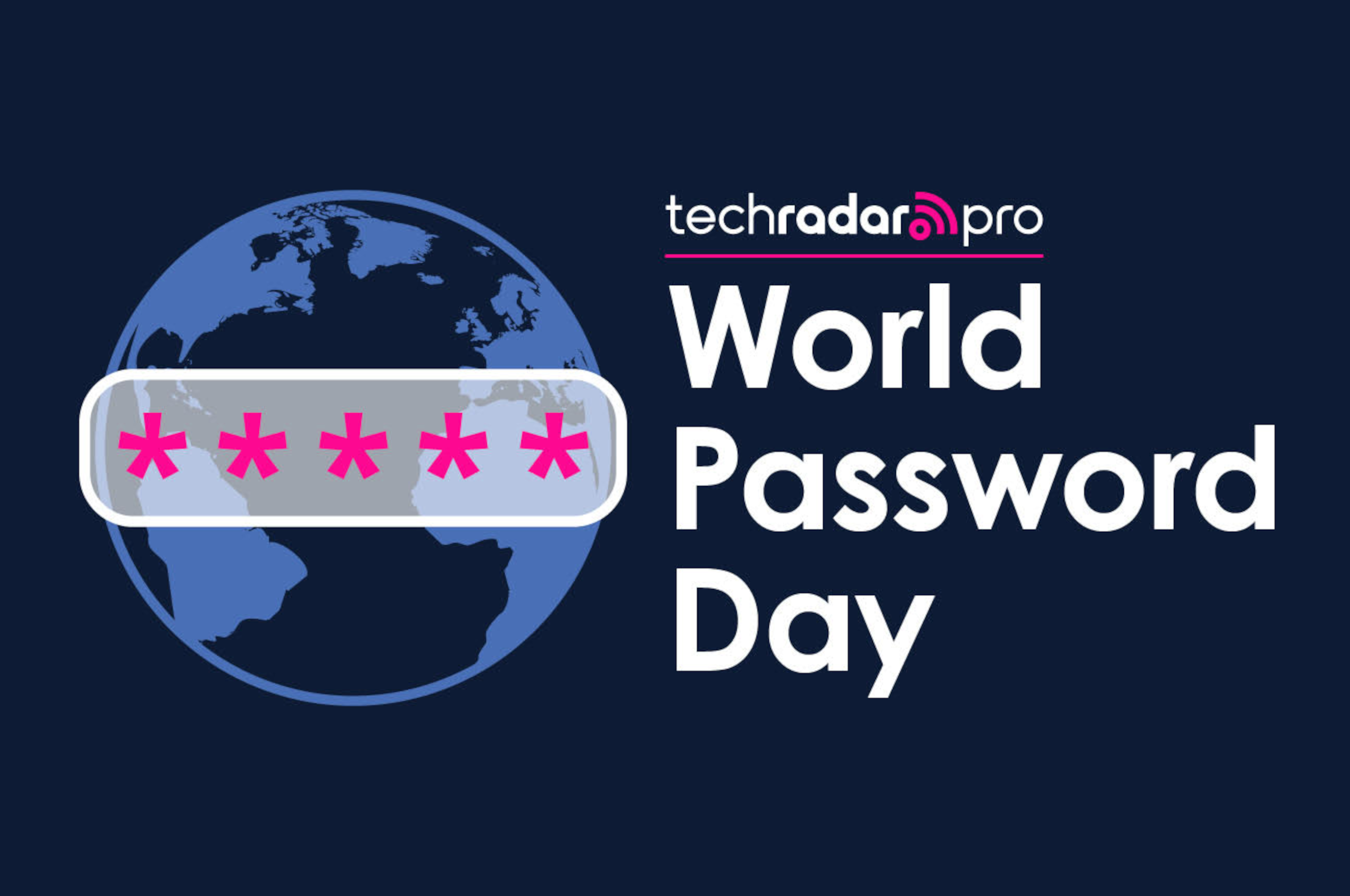

















































































































































![[The AI Show Episode 145]: OpenAI Releases o3 and o4-mini, AI Is Causing “Quiet Layoffs,” Executive Order on Youth AI Education & GPT-4o’s Controversial Update](https://www.marketingaiinstitute.com/hubfs/ep%20145%20cover.png)

















































































































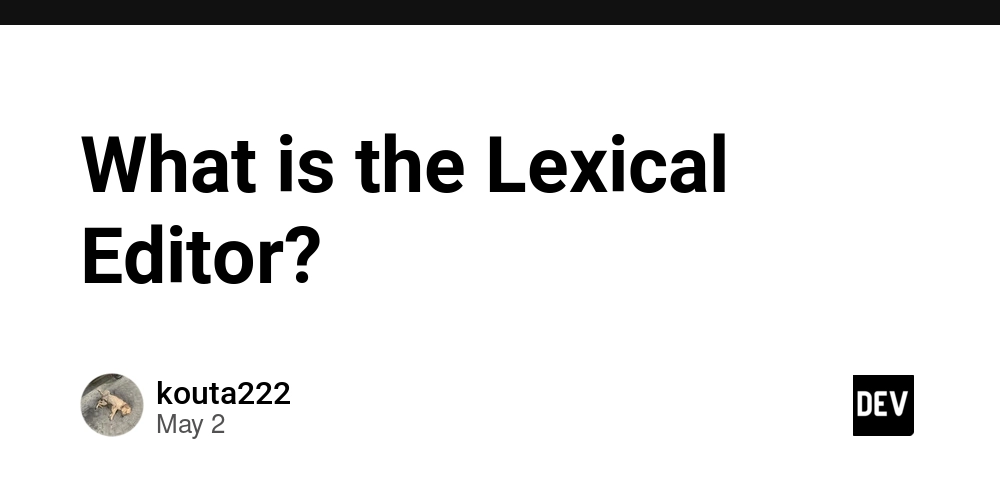
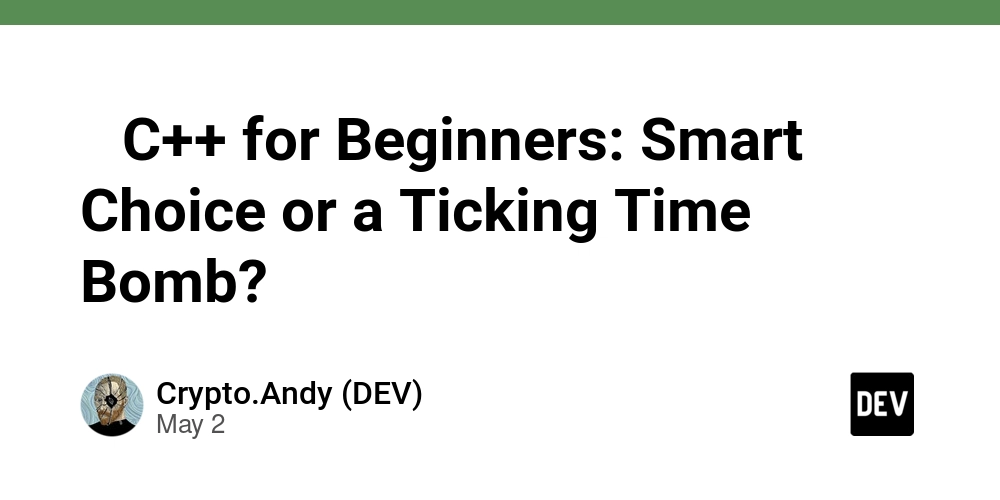















































































































































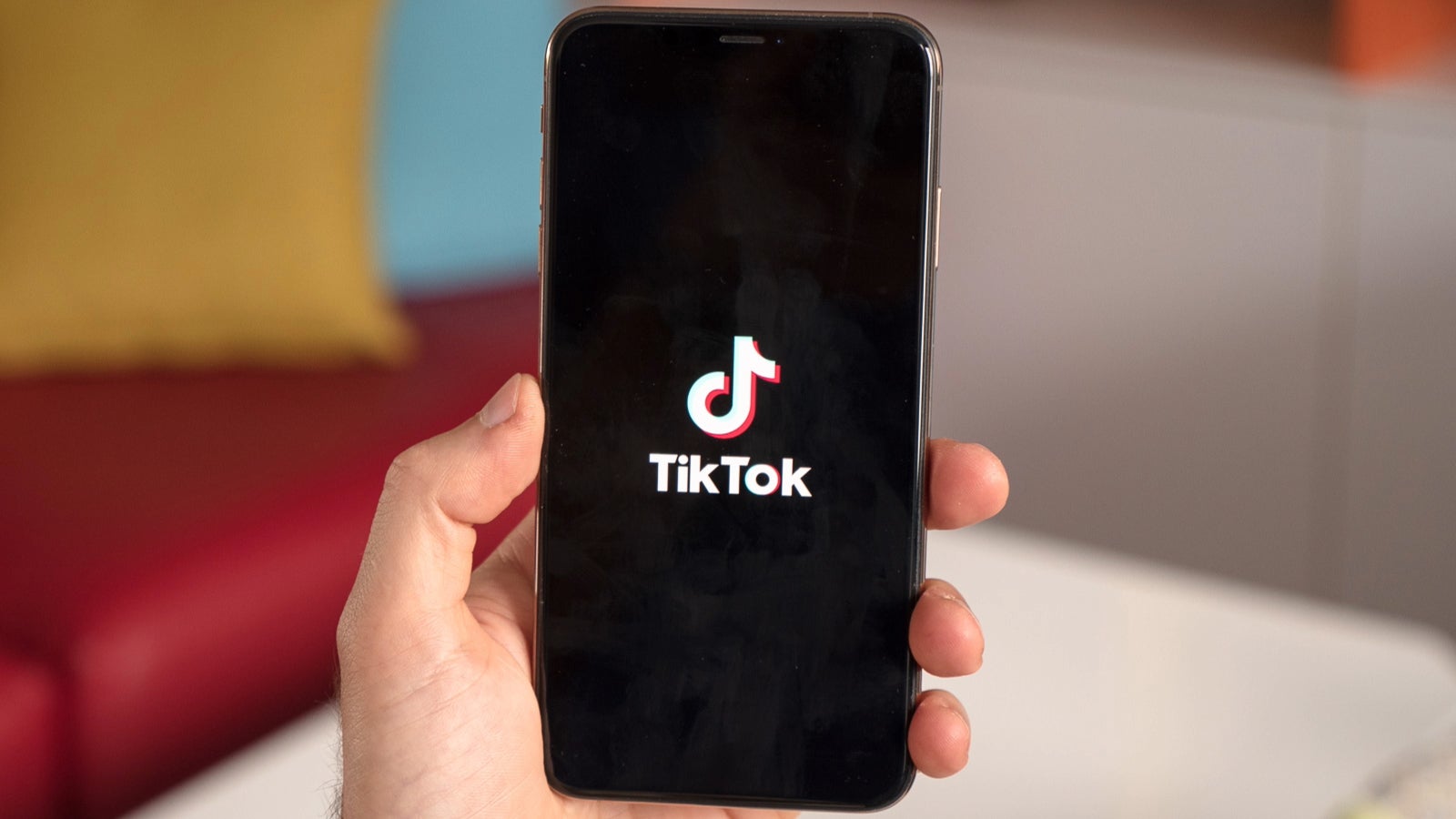














.webp?#)















































































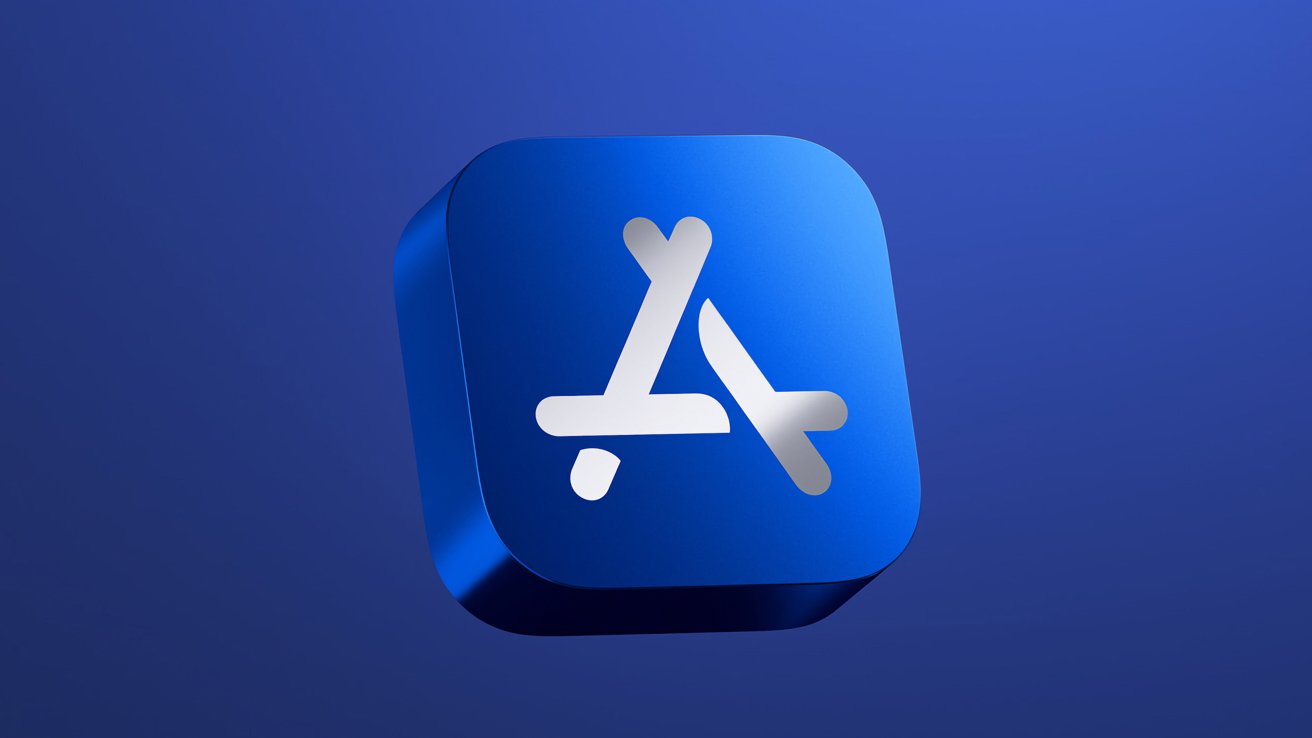

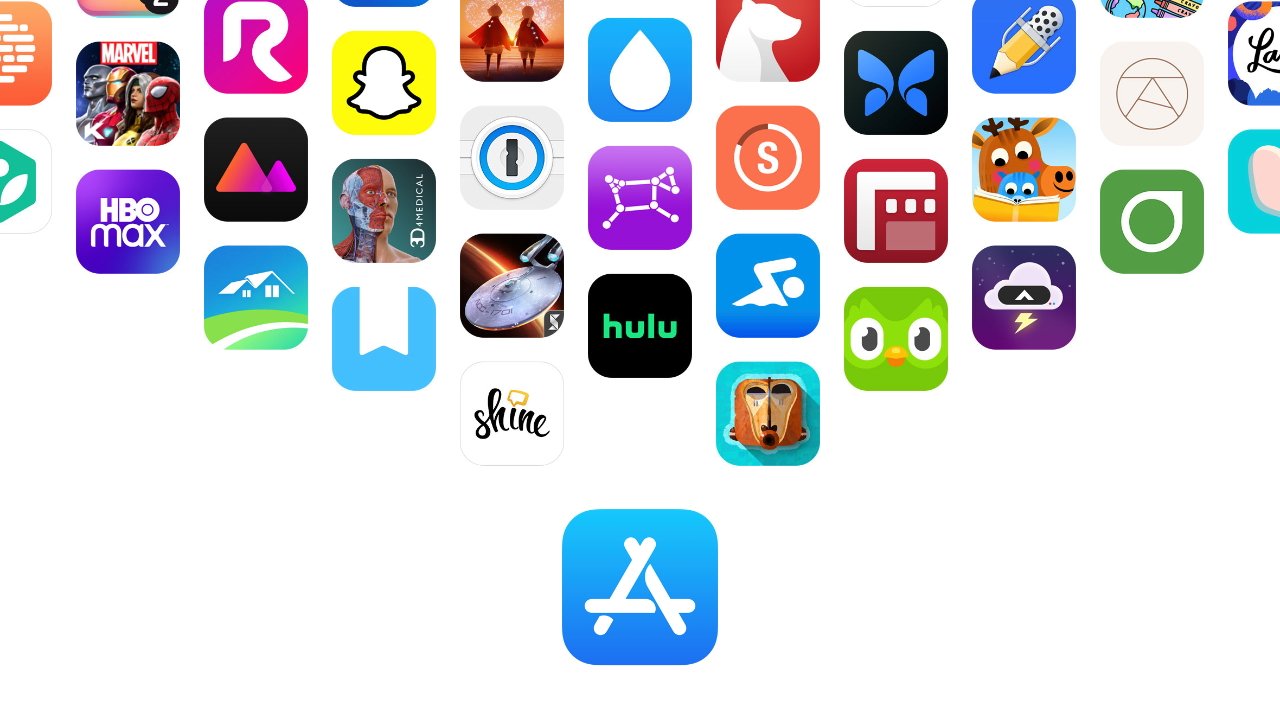






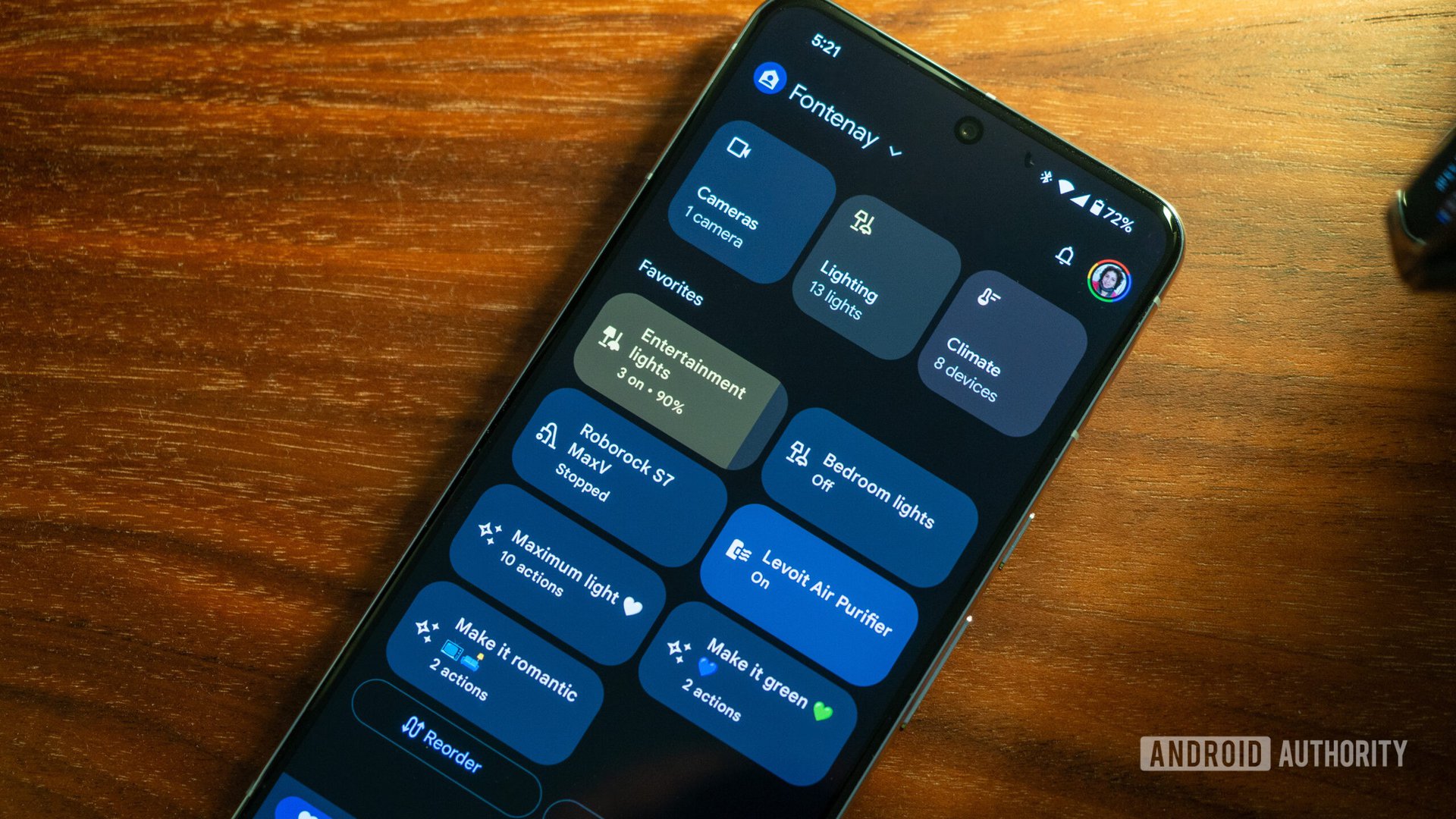





















![Apple Reports Q2 FY25 Earnings: $95.4 Billion in Revenue, $24.8 Billion in Net Income [Chart]](https://www.iclarified.com/images/news/97188/97188/97188-640.jpg)
































































